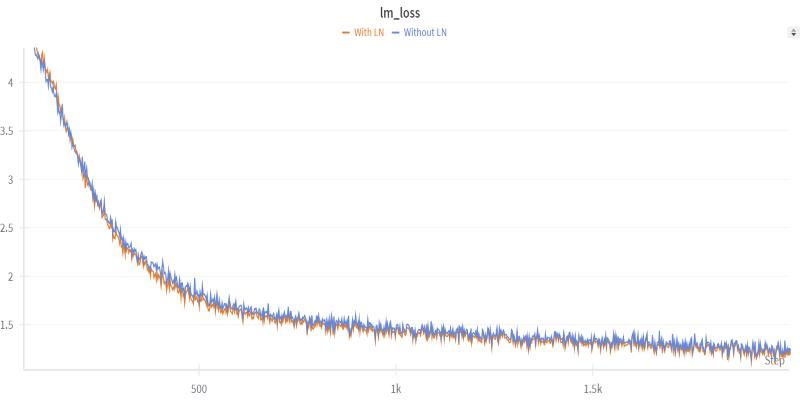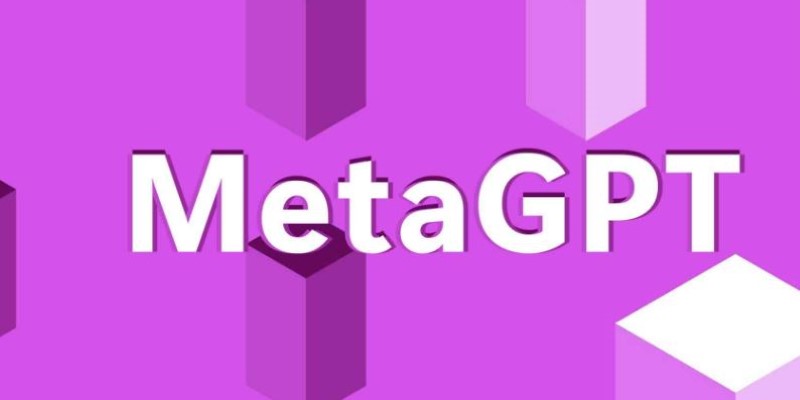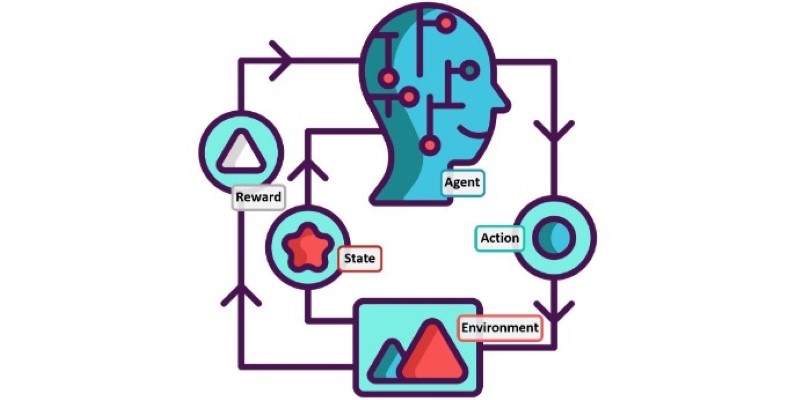Advertisement
Alright, let’s talk about something you might not expect… Saudi Arabia is going all in on AI. Yep, the country known for oil is now aiming to be the next big tech hub, and not just for show. Nvidia, AMD, and a bunch of other major players aren’t just “interested”... they’re investing. Why? It’s not just about the money (though there’s a lot of that). It’s about opportunity, infrastructure, and, honestly, a shift in the global tech scene. So, whether you're into tech or just wondering why this is even a thing, here’s the breakdown of what’s really going on.
When a country drops $40 billion specifically for AI, people notice. This isn't some "let's test the waters" budget. It’s full-send. The Public Investment Fund (PIF), the same people backing NEOM and tons of mega-projects, is now setting aside big dollars for artificial intelligence. This means funding startups, bringing in global tech leaders, and building homegrown AI solutions. Nvidia, AMD, and others? They see this as an open door. And when there’s a budget this big, it’s not about hoping for results—it’s about building them. If you're wondering why the tech giants are circling... this is one major reason.

Geography doesn’t usually sound cool in tech talk... but Saudi Arabia’s location actually plays a major role here. It’s smack in the middle of three continents—Asia, Africa, and Europe. That means faster connection times, smoother logistics, and way better data distribution. For cloud infrastructure and edge computing, proximity matters (even in our “everything’s on the cloud” world). Companies like AMD and Nvidia are always thinking long-term. Saudi Arabia gives them a base that makes physical and digital traffic flow easier. So yeah, location still counts—even in AI.
Let’s be real: what’s the point of investing in AI if nobody’s using it? But in Saudi Arabia, the demand is growing across every sector. Healthcare, finance, oil & gas, security, education... even traffic systems. Companies want AI for automation, predictive analytics, data crunching—you name it. That’s huge for suppliers like Nvidia and AMD, who can provide chips, systems, and solutions. When there's local demand and billions backing it, tech companies don’t need a second invitation. They just show up (with contracts in hand).
If you haven’t heard about NEOM yet... it’s basically a $500 billion mega-city built from scratch with AI at its core. The entire city’s planned around smart everything—transport, energy, even how waste is handled. And to power a smart city? You need serious AI infrastructure. We’re talking data centers, chips, servers, machine learning frameworks—you get the idea. This is where companies like Nvidia and AMD come in. Their tech literally powers the future NEOM is trying to build. So when Saudi says “build us a smart city,” the tech world hears “build us a business opportunity.”
AI isn’t just smart—it’s hungry. Training models and running data centers takes up a ton of power. One of Saudi Arabia’s biggest advantages? Cheap and abundant energy. Combine that with their push into renewables (yes, really—they’re going big on solar and hydrogen), and suddenly, building large-scale AI infrastructure makes a lot of financial sense. Why burn through budget in the U.S. or Europe when you can get the same (or more) for less in the Gulf? Nvidia and others see the numbers. And when the math checks out... the deals roll in.

Here’s the thing: you can’t run AI on just money and machines. You need people—skilled ones. Saudi’s been pouring money into education programs, university partnerships, and even direct training with companies like Google, Microsoft, and IBM. Local universities are expanding AI curricula. Internationals are flying in to teach, train, and hire. And when a country starts building a talent pipeline (with government backing and fat incentives)? Businesses want to be part of that ecosystem. The smarter the workforce, the smoother the scaling. It’s not perfect yet, but it’s moving—and fast.
Tech companies hate one thing more than bad code: regulations that don’t move. But in Saudi Arabia, the government’s actually... moving. They're offering special zones (like NEOM’s Oxagon and The Line) with relaxed laws for testing and development. You want to experiment with AI models? Pilot something new? The answer is more likely to be "yes, let’s try" than "come back in six months with paperwork." That speed? It’s a magnet for innovation. And companies love that, especially when governments don’t get in their way every step of the rollout.
Look, when the top leadership of a country (yes, we’re talking Crown Prince MBS) is pushing AI, things move. Fast. AI isn’t just a “tech initiative” in Saudi... it’s a national priority. Vision 2030—their plan for diversifying beyond oil—has AI baked into every part of it. That level of support changes everything. Laws get passed quicker. Funds get released. Bureaucracy doesn’t hold up progress for years. For companies like Nvidia or AMD, it’s like working with a business-minded government instead of a slow-moving machine. And in the tech world, speed matters more than anything.
Data is the fuel for AI. But storing and processing it? That takes massive infrastructure. Saudi Arabia is building sovereign cloud systems (think: local clouds under national control) and expanding data centers like crazy. That’s a win-win for AI companies. First, they get contracts to help build the stuff. Then, they get paid again to help power it with chips, software, and tools. Amazon, Google Cloud, Oracle—they're already in. Nvidia and AMD follow close behind because where the cloud grows, their hardware becomes essential. It’s not just growth... it’s compounding opportunity.
This one’s more of a trend... but it’s big. For decades, most tech investment went straight to the U.S., a bit to Europe, and that’s it. But now? Businesses are diversifying. Saudi is catching this wave at the right time. Combine that with everything else we mentioned—money, vision, demand—and it’s no wonder global giants are planting flags in Riyadh and beyond. It’s not a fad. It’s strategy.
So here’s the takeaway—Saudi Arabia’s AI boom isn’t just a “rich country throwing money around.” It’s calculated. Strategic. And fast-moving. Nvidia, AMD, and others aren’t just investing because it’s trendy. They’re investing because it makes sense.
Whether it’s the infrastructure, leadership, demand, or ecosystem, it all adds up. And while the U.S. and China are still major AI players, Saudi Arabia’s making it clear: they want a seat at the table (and they’re paying top dollar to get it). The question now isn’t if they’ll become a tech powerhouse. It’s how soon... and who’s smart enough to get in early.
Advertisement

Meta launches Llama 4, an advanced open language model offering improved reasoning, efficiency, and safety. Discover how Llama 4 by Meta AI is shaping the future of artificial intelligence

Discover the best Business Intelligence tools to use in 2025 for smarter insights and faster decision-making. Explore features, ease of use, and real-time data solutions

Discover why banks must embrace innovation in compliance to manage rising risks, reduce costs, and stay ahead of regulations

Tech giants respond to state-level AI policies, advocating for unified federal rules to guide responsible AI use.

Can AI actually make doctors’ jobs easier? Microsoft just launched its first AI assistant for health care workers—and it's changing the way hospitals function

Discover how the NLP course is evolving into the LLM course, reflecting the growing importance of large language models in AI education and practical applications

Google’s Agentspace is changing how we work—find out how it could revolutionize your productivity.

Want to shrink a large language model to under two bits per weight? Learn how 1.58-bit mixed quantization uses group-wise schemes and quantization-aware training

Why analytics is important for better outcomes across industries. Learn how data insights improve decision quality and make everyday choices more effective

How MetaGPT is reshaping AI-powered web development by simulating a full virtual software team, cutting time and effort while improving output quality

Confused between lazy learning and eager learning? Explore the differences between these two approaches and discover when to use each for optimal performance in machine learning tasks

Discover the top 9 open source graph databases ideal for developers in 2025. Learn how these tools can help with graph data storage, querying, and scalable performance